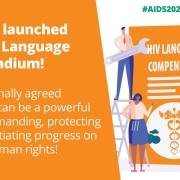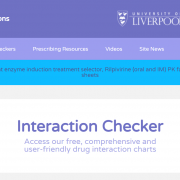Web-Based Service Provision of HIV, Viral Hepatitis, and STIs Prevention, Testing, Linkage, and Treatment for Key Populations
Despite the growth of web-based interventions for HIV, viral hepatitis (VH), and sexually transmitted infections (STIs) for key populations, the evidence for the effectiveness of these interventions has not been reported.
Objective: This study aimed to inform the World Health Organization guidelines for HIV, VH, and STI prevention, diagnosis, and treatment services for key populations by systematically reviewing the effectiveness, values and preferences, and costs of web-based outreach, web-based case management, and targeted web-based health information for key populations (men who have sex with men, sex workers, people who inject drugs, trans and gender-diverse people, and people in prisons and other closed settings).
Methods: We searched CINAHL, PsycINFO, PubMed, and Embase in May 2021 for peer-reviewed studies; screened abstracts; and extracted data in duplicate. The effectiveness review included randomized controlled trials (RCTs) and observational studies. We assessed the risk of bias using the Cochrane Collaboration tool for RCTs and the Evidence Project and Risk of Bias in Non-randomized Studies of Interventions tools for non-RCTs. Values and preferences and cost data were summarized descriptively.
Results: Of 2711 records identified, we included 13 (0.48%) articles in the effectiveness review (3/13, 23% for web-based outreach; 7/13, 54% for web-based case management; and 3/13, 23% for targeted web-based health information), 15 (0.55%) articles in the values and preferences review, and 1 (0.04%) article in the costs review. Nearly all studies were conducted among men who have sex with men in the United States. These articles provided evidence that web-based approaches are as effective as face-to-face services in terms of reaching new people, use of HIV, VH, and STI prevention services, and linkage to and retention in HIV care. A meta-analysis of 2 RCTs among men who have sex with men in China found increased HIV testing after web-based outreach (relative risk 1.39, 95% CI 1.21-1.60). Among men who have sex with men in the United States, such interventions were considered feasible and acceptable. One cost study among Canadian men who have sex with men found that syphilis testing campaign advertisements had the lowest cost-per-click ratio on hookup platforms compared with more traditional social media platforms.
Conclusions: Web-based services for HIV, VH, and STIs may be a feasible and acceptable approach to expanding services to key populations with similar outcomes as standard of care, but more research is needed in low-resource settings, among key populations other than men who have sex with men, and for infections other than HIV (ie, VH and STIs).
You can read the article in full AT THIS LINK.









